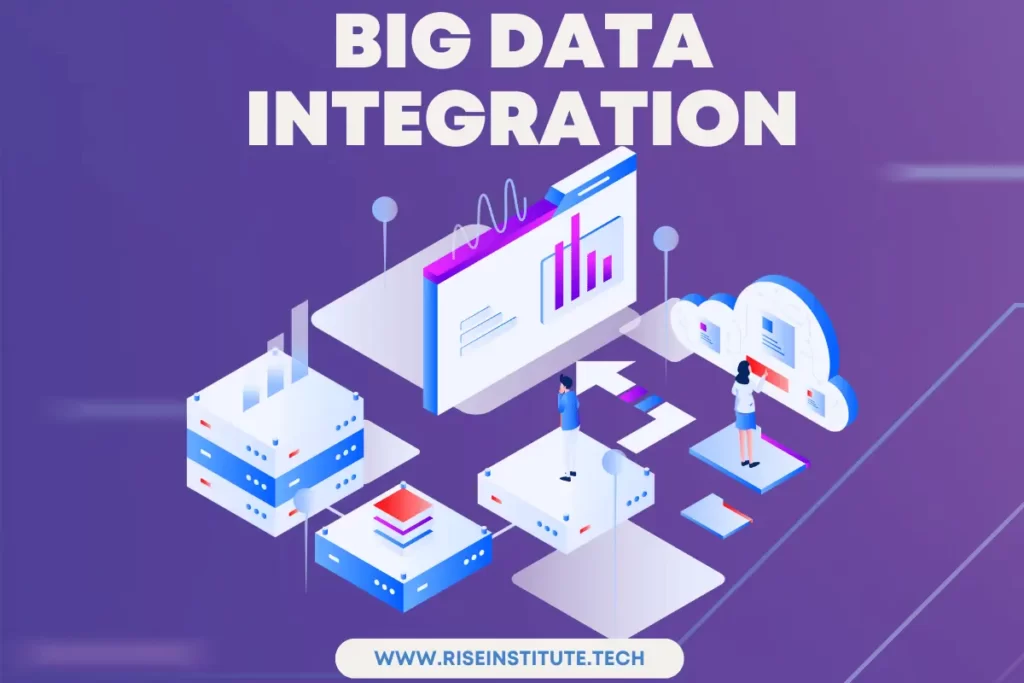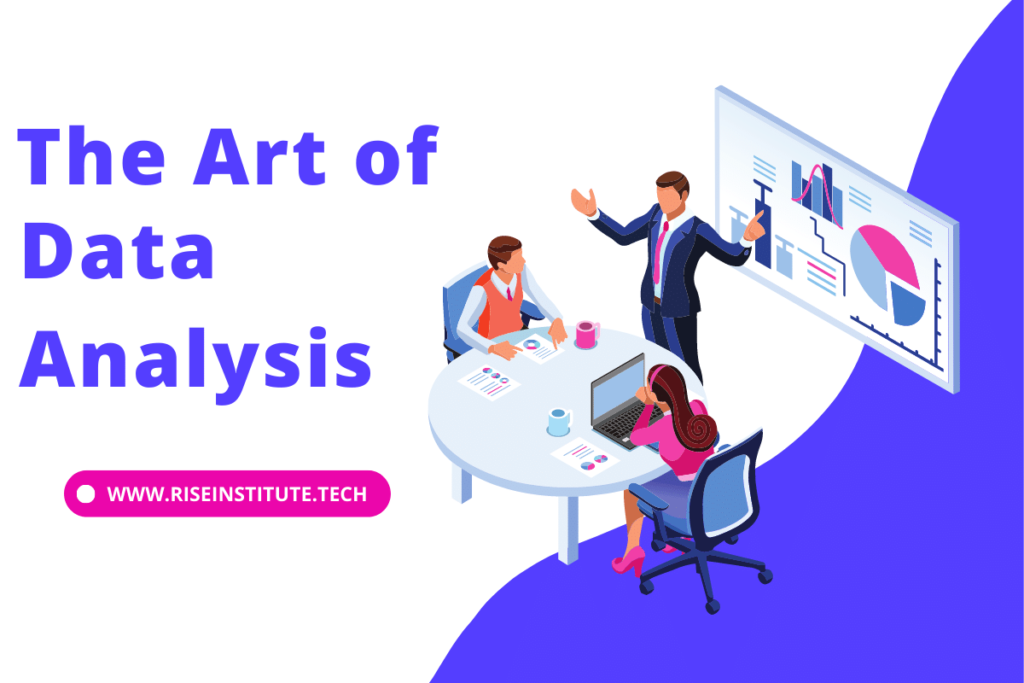The Best Data Science Programs to Learn to Code
Introduction You have heard the hype and now you are ready to get into Big Data. The thing is, you do not know where to start. Do not worry, we are here to help. In this post, we will outline the best data science programs to learn to code.But first, let us take a step back and talk a little bit about what Big Data actually is. Contrary to popular belief, Big Data is not just about data sets that are huge in size. It is actually the process of integrating data from multiple sources to gain insights that wouldn’t be possible with any one data set alone.This process of data integration is where data science comes in. Data scientists use their knowledge of statistics and programming to process large data sets and find trends and patterns. This information can then be used to make better business decisions or improve products and services.So, now that you know a little bit more about Big Data and data science, let us take a look at the best programs out there for learning how to code. Introduction to Big Data and Data Science So, you want to learn how to code? That is great! But before you can start writing your own programs, you need to understand the basics of big data and data science.What is big data, you ask? Simply put, it is a large volume of data that cannot be processed using traditional methods. This might include data from social media, sensor readings, or financial transactions.Data science is the process of analyzing big data using mathematical models and algorithms. This is what allows us to extract insights and make predictions about the future.If you are interested in learning more about big data and data science, there are plenty of programs out there that can teach you the ropes. Check out some of our favourites below. The Best Data Science Programs to Learn to Code You want to learn to code in order to work with Big Data? We are here to help.There are a number of different data science programs out there, but we think these are the best ones for learning to code. They will teach you the basics of Python, R, and SQL, which are essential languages for data scientists.Once you have mastered these programs, you will be able to work with data at a much deeper level. You will be able to not just analyze data, but also extract insights and build predictive models.So, what are you waiting for? Start learning today! Why You Should Learn to Code for Data Science So, you want to learn data science. That is great! But if you really want to make the most of your data science education, you should learn to code.Why? Because coding is the key to unlocking the potential of big data. With coding skills, you can clean and transform your data so that it is ready for analysis. You can also build models and algorithms to help you find patterns and insights in your data.And that is just the beginning. Once you know how to code, you will be able to do everything from creating dashboards and reports to building web applications and machine learning models.The bottom line? If you want to be a data scientist, learning to code is a must. What You Can Do with Coding Skills in Data Science So, you want to learn coding for data science. That is great! But what can you do with coding skills in data science?Well, for starters, you can do some serious data analysis. With coding skills, you can clean and organize data, and then use that data to find trends and patterns. You can also use coding to create models and algorithms that can be used to make predictions.And that is just the beginning. Once you have coding skills, the sky’s the limit. You can explore all kinds of different areas in data science, and you can even start your own data-related business.The bottom line is that if you want to make a real impact in the world of data science, you need to learn how to code. So what are you waiting for? Start learning today! How to Get Started Coding for Data Science So you want to get started coding for data science? Here are a few resources to help you get started:1. Codecademy is a great place to start. They offer free online courses in a variety of programming languages, including Python and R.2. Coursera is another good resource for online learning. They have a wide range of courses on data science, including how to use different programming languages for data analysis.3. Udacity is another great online learning resource, with a focus on vocational education and job training. They offer courses in data science, as well as other fields like programming and web development.Once you’ve gotten a basic understanding of coding, it’s time to start integrating that knowledge with big data. Here are a few programs to check out:1. Apache Hadoop is an open-source software platform for storing and processing big data. It’s one of the most popular frameworks for big data analysis.2. Apache Spark is another popular big data analysis framework. It’s designed for in-memory processing, which makes it faster than traditional frameworks like Hadoop.3. SQL is a standard database query language that’s used to manipulate and analyze data in relational databases. It’s one of the most fundamental skills you need for data science. Resources for Learning to Code for Data Science So you want to learn to code for data science? Awesome! We’ve compiled a list of some of the best resources out there to get you started.First, let’s take a look at some of the basics. If you’re completely new to coding, then you might want to start with Codecademy’s tutorials. They’re free and really easy to follow.Once you’ve got the basics down, you might want to move on to a more comprehensive program. There are a ton of great options out there, but our top pick would have to be The Data Science Bootcamp from Johns Hopkins University. It’s a 12-week program that


